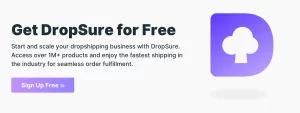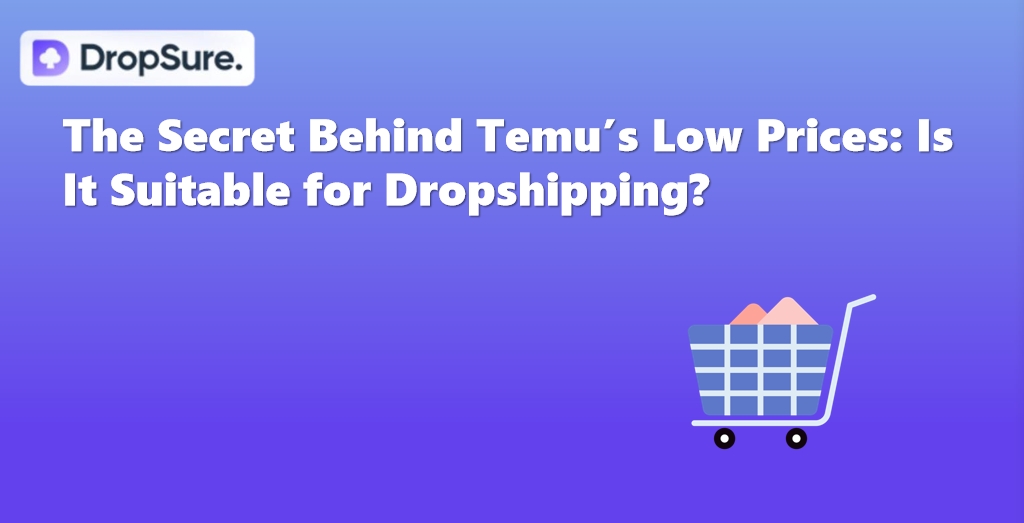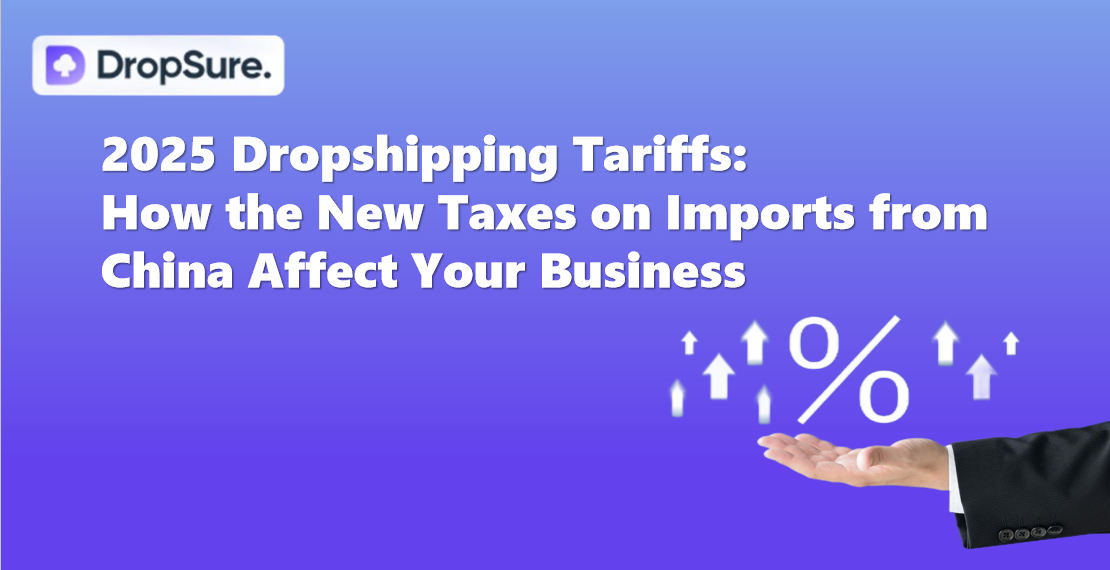In the e-commerce world, having a good product is just the “basic score.” What truly sets you apart is customer service. If you want your customers to not only make a repeat purchase but also recommend you to their friends and even promote you on social media, you need to truly understand what “great service” really means.
This article doesn’t talk in abstract terms; it gets straight to the point: how to create a customer service experience that drives repeat purchases and word-of-mouth referrals.
Quick Responses to Build Customer Trust
Today’s consumers are accustomed to “instant gratification,” especially in online shopping, where there’s no face-to-face interaction. Response time equals your “presence.” If a customer asks a question and doesn’t get a reply within half an hour, there’s a high chance they’ll turn to another seller. You might think you just didn’t have time to reply, but to the customer, it sends a negative signal that you’re “disinterested in customers” or “unprofessional.”
This issue is even more serious on platforms like TEMU, Amazon, and Shopee. Customers can almost “instantly switch” pages, and if you delay for even a minute, they might click on a competitor’s link. This is especially true for those running independent stores—customers often don’t have a strong trust foundation with you, and if your response goes unanswered, it’s common for them to abandon the purchase.
At times like this, even if you can’t immediately solve the issue, you must at least respond. A simple “Hello, we’ve received your message and are looking into it, please wait a moment~” can alleviate 70% of the customer’s anxiety. Customers aren’t necessarily expecting an immediate solution—they just want to know you’re “present,” that you’ve “seen” their message, and that you’re “working on it,” instead of feeling ignored by the system.
If you’re using Shopify, you can integrate customer service systems like Zendesk, Tidio, or Gorgias. These systems can automatically recognize common issues and respond intelligently, saving a lot of time. For social media stores, Facebook Messenger and WhatsApp also support setting up automatic welcome messages and FAQs. Even on platforms like Amazon and TEMU, it’s recommended to keep app notifications enabled so you can see messages promptly and avoid missing key pre-sale opportunities.
Of course, quick responses don’t mean you should be anxiously waiting in front of the screen 24/7. A smart approach is to set “flexible customer service hours,” especially during peak times when your store is most likely to get orders, such as noon or 9 PM. Even if you’re running a one-person shop, you can use auto-reply tools to set up “read receipts” or “expected response times,” such as “We will respond in detail within an hour, please be patient.” A specific time commitment like this is much more reliable than a vague “we’ll respond as soon as possible.”
Proactive Service: Winning Customer Favor
Many businesses typically approach customer service with the mindset of “I’ll solve the problem when it arises.” While this might sound fine, it’s actually just basic “reactive service.” The process of customers discovering a problem, reaching out, and then waiting for a response already lowers the overall customer experience. What truly sets businesses apart, earning customer favor or even making them feel touched, is the kind of proactive service where “before the customer even speaks, you’ve already thought of a solution.”
Imagine you’re the customer—your package has been delayed for three days, and you’re feeling anxious. Just as you’re about to contact customer service, you receive a message from the seller: “Due to recent high volumes, shipping might be delayed by 1-2 days. As an apology, we’ve prepared a $5 coupon for your patience.” Wouldn’t that instantly make you feel less upset? This is the combination of “managing customer expectations” + “proactive compensation,” which significantly boosts customer satisfaction and trust.
This strategy isn’t limited to shipping issues—similar approaches can be applied to many common situations. For example, a welcome email after a customer places an order shouldn’t just say “Thank you for your purchase.” Instead, it could tell the customer when to expect shipping, where to track their order, and what to do if any issues arise during delivery. If you don’t provide this information, the customer will have to ask, and once they do, it creates an “interruption” in their experience.
Or, if a customer orders products in multiple sizes or colors, after shipping, you can send a message like, “If the size is wrong or you’re not satisfied with the color upon receipt, we support a no-questions-asked exchange within 7 days. Please contact customer service, and we will handle it promptly.” By thinking ahead for them, the customer feels like you’re a “vendor on their side” instead of a cold entity just waiting for complaints.
Another often-overlooked point by businesses is the “unexpected notice” during holiday peaks or new product launches. For example, if you know the volume of orders during “Double 11” is huge and the warehouse will be slow, why not send a warning message two days in advance, along with information about your new products or promotions? This not only reduces customer anxiety but also increases click-through rates and conversions, turning service into marketing.
Human nature is simple—customers don’t expect everything to be perfect, but they are incredibly sensitive to whether you’ve “considered them in advance.” When you achieve the level of “before they say it, you’ve already arranged it,” your image in their mind immediately elevates from “ordinary seller” to “trustworthy brand.”
After-Sales Service: The Starting Point of Customer Relationships
Many businesses think their job is done once the “order completed” notification appears. But in reality, that’s just the “starting point” of your customer relationship. A mature brand will never vanish after the customer makes the payment; instead, they will continually work on maintaining customer satisfaction and trust. To put it plainly, after-sales service is not just a nice extra, it’s the core engine for repeat purchases and word-of-mouth.
Think about it—after receiving the product is actually the most emotionally charged moment for customers—reviews, complaints, returns, and recommendations all happen during this phase. If you can proactively reach out within a week after the customer receives the product, for example, by sending a message like: “How do you feel about the product after receiving it? We really care about your experience, and if there’s any issue, feel free to contact us directly,” this not only lowers the barrier for customers to reach out to customer service but also shows you’re responsible and care about their satisfaction.
If the customer provides positive feedback, it’s the perfect time to guide them to leave a review or refer your product to others. You could gently remind them: “Thank you for your support! If you find the product useful, feel free to share it with friends or leave us a review. It really means a lot to us.” At this point, customers are in a good mood, and their willingness to leave a review will naturally be much higher.
On the other hand, if the customer is dissatisfied, you can step in right away to prevent things from escalating. Sometimes, the issue might be something small, like not knowing how to use the product or a slight color difference from what they expected. If you can follow up and handle these concerns proactively, many orders that would’ve turned into negative reviews can be salvaged.
Additionally, you can use key moments for emotional touchpoints, such as the customer’s birthday, the anniversary of their first purchase, or just before important holidays. Sending them an exclusive discount code or an e-card, even if it’s just a warm holiday greeting, can show that you’re not just a “one-and-done” seller, but a brand with warmth and emotional connection.
You might think, “This sounds like a lot of work,” but once these actions are set up through automation tools, they become very lightweight. For example, Shopify + Klaviyo can easily set up “post-order follow-up emails after 7 days,” or on platforms like TEMU or Pinduoduo, customer service templates can be used to periodically reach out to customers.
Personalized Recommendations: Winning Over Customers
If you want customers to feel like you’re having a “conversation” with them, rather than sending generic messages to a bunch of order numbers, personalized communication is the secret weapon. What you need to do isn’t just add a few more variables in your CRM; it’s about making the customer truly feel like “this recommendation is just for me,” rather than “here comes another sales pitch.” Take Xiao Li, who bought a gray hoodie last time, for example. He chose a casual style. When you launch a new product, if you send a message like, “Xiao Li, the gray hoodie you chose last time was a hit! We’ve now released the same style in a new color, and I think you’ll love it~” He’ll genuinely believe you remembered him, not that you just sent the same message to a thousand people. The conversion rate will skyrocket.
So, how can you achieve this “personal touch”? Most of it relies on basic data management: tag customers with labels like “purchased hoodie,” “frequent casual buyer,” or “high-frequency coupon user,” then use templates with tag variables to reach out. Shopify, Klaviyo, Mailchimp, or even the simplest setup with Google Sheets + Zapier automation can help you do this. The key is to first figure out: at what point, in what tone, and with what value you want to communicate with the customer, and then build the corresponding automation flow, instead of just blindly copying official templates like “welcome new user” or “abandoned cart.”
Many sellers feel like “I can’t compete with big platforms,” but they don’t realize that large platforms, because of their scale, often make personalization more mechanical. They constantly push “site-wide discounts,” while you, by focusing on “I know exactly what you need,” can take personalization to the next level. For example, sending a VIP customer an exclusive link on their birthday, offering free shipping and an additional discount; or when stock is running low, opening up pre-order access first to repeat customers who bought that product before, allowing them to enjoy priority purchasing rights—these small perks and feelings of exclusivity can make customers “addicted” to your brand.
Summary
In the e-commerce industry, successful customer service is not just about solving problems, but also about building long-term relationships and increasing customer loyalty. The key to creating a customer service experience that drives repeat purchases and word-of-mouth is through quick responses, proactive service, excellent after-sales support, and personalized recommendations. By promptly addressing customer inquiries, proactively resolving potential issues, actively managing the after-sales experience, and personalizing communication, you can effectively enhance customer satisfaction, build trust, and strengthen brand loyalty.
Especially on highly competitive e-commerce platforms, quick responses and proactive service are crucial, while high-quality after-sales support and personalized recommendations can deeply move customers at critical moments, prompting repeat purchases and referrals. Although these services may seem simple, through thoughtful planning and the use of automation tools, they can significantly improve operational efficiency and the customer experience.

 12 min read
12 min read




